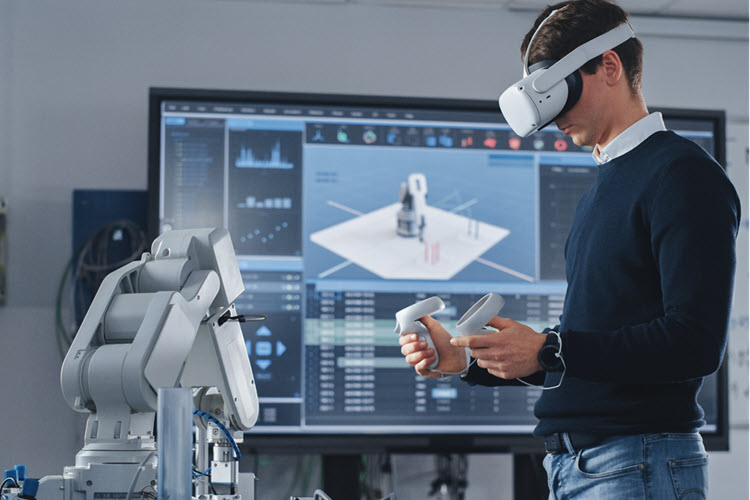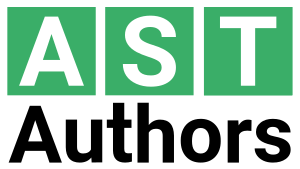
What does the future of user manuals look like with AI?
As technology continues to evolve, the way we create and interact with technical manuals is expected to undergoing a significant transformation. The integration of artificial intelligence (AI) is set to revolutionise user manuals, enhancing their usability and accessibility.
One of the most exciting developments in the future of user manuals is the adoption of AI-driven natural language processing (NLP). This technology which has existed for decades and used primarily in lingistics, can analyse vast amounts of text, understand it’s structure and meaning, disect it, and rebuild text. Instead of sifting through dense, technical jargon, users will be able to engage with content that adapts to their level of understanding, customising the same manual to different end-users. AI can generate tailored explanations, ensuring that both novices and experts can easily grasp complex concepts, allowing for the creation of more intuitive and user-friendly manuals.
Additionally, AI can facilitate dynamic content updates. In fields like software and hardware, where changes occur rapidly, traditional manuals can quickly become outdated. AI can monitor product updates and user feedback, automatically revising and enhancing the manual content. This means users will always have access to the most current information, reducing frustration and increasing efficiency.
Currently, AI is used in chatbots to assist users in real-time, answering questions and guiding them through troubleshooting steps without the need for extensive manual searches. This not only saves time but also empowers users to resolve issues independently.
However, looking further ahead – a realistic use of AI, where it can bring a new dimension to user manuals is in interactive manuals. Combining augmented reality (AR) and virtual reality (VR), users could visualise processes in real-time, providing a more immersive learning experience. Imagine pointing your device at a machine, and the manual overlaying step-by-step instructions directly onto the equipment.
The future of AI in technical manuals promises to make them more adaptive, interactive, and user-centric. As these advancements unfold, we can expect a significant improvement in how users engage with technical documentation, leading to enhanced productivity and satisfaction.
